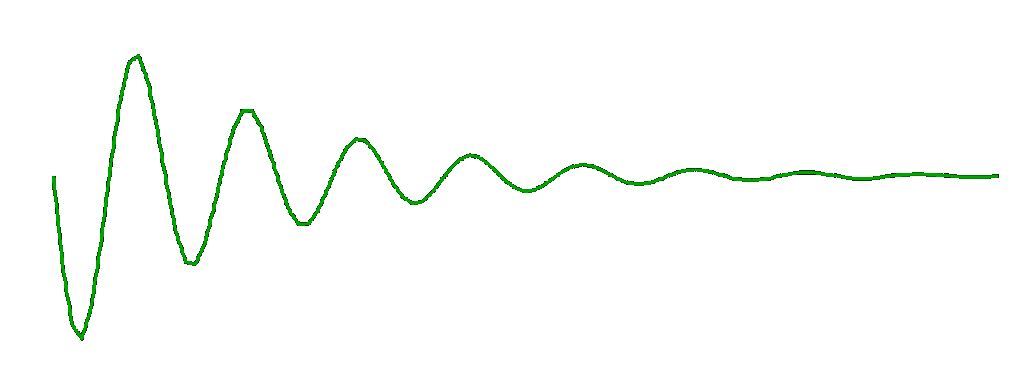Introduction to MicroStation
MicroStation® is a 3D computer-aided-design (CAD) application for personal computers and workstations. MicroStation is produced by Bentley Systems, Inc.
MicroStation can be customised in various ways. This article shows how to plot algebraic functions as curves using MicroStation Visual Basic for Applications (MVBA).
Plotting Curves with MicroStation VBA
Questions similar to these, posed by MDL and VBA developers, appear on the Bentley Discussion Groups, typically the MicroStation Programming Forum.
Q How can I code MicroStation VBA to plot a curve or algebraic equation?
A
VBA offers a rich set of mathematical operators including trigononmetric (e.g. sin) and
exponential (e.g. exp) functions.
Its portfolio doesn't stretch to hyperbolic (e.g. sinh) functions,
although you can write your own as this
DevX article shows.
Nor does VBA offer any functions to handle
complex numbers.
The original question is about a Harmonograph, the curve traced by a decaying pendulum. Here's a sample equation that describes the motion of the pendulum on one axis …

Here's an example of a Harmonograph curve …

VBA Implementation
Here's the Harmonograph equation re-written to a form that is easy to translate to VBA …
x(t) = A1 . sin (t.f1 + p1).e^-d1.t + A2 . sin (t.f2 + p2).e^-d2.tHere's a VBA subroutine that implements that function. You don't need to copy this code — it's available in an MVBA project that you can download.
' ---------------------------------------------------------------------
' DrawHarmonograph
' ---------------------------------------------------------------------
Private Sub DrawHarmonograph( _
ByVal frequency As Double, _
ByVal amplitude As Double, _
ByVal decay As Double)
Dim a1 As Double
Dim a2 As Double
Dim d1 As Double
Dim d2 As Double
Const p1 As Double = 0#
Const p2 As Double = 0#
Dim f1 As Double
Dim f2 As Double
a1 = amplitude
a2 = amplitude
d1 = decay
d2 = decay
f1 = frequency
f2 = frequency
Const Last As Integer = 100
Dim points() As Point3d
ReDim points(0 To Last) As Point3d
Dim x As Double
Dim t As Integer
' Compute points
For t = 0 To Last
points(t).x = t
points(t).Y = a1 * Sin(t * f1 + p1) * Exp(-1 * d1 * t) + a2 * Sin(t * f2 + p2) * Exp(-1 * d2 * t)
Debug.Print "x[" & CStr(points(t).Y) & "]=" & CStr(points(t).x)
Next t
' Create a line-string from our point array
Dim oLineString As LineElement
Set oLineString = Application.CreateLineElement1(Nothing, points)
ActiveModelReference.AddElement oLineString
End SubHere's the result of our VBA calculation …

Download VBA Harmonograph Project

The above code is available in this MicroStation
VBA project.
Unpack the ZIP archive and copy Harmonograph.mvba to a location where MicroStation
can find it.
A good place to copy it would be \Workspace\Standards\vba.
To create the graph, key the following into MicroStation's keyin dialog …
vba run [Harmonograph]modMain.Main